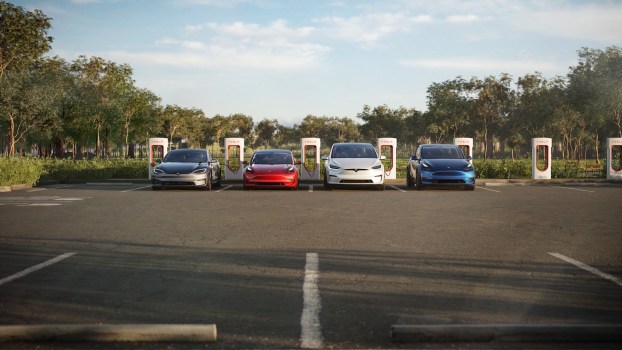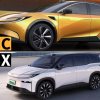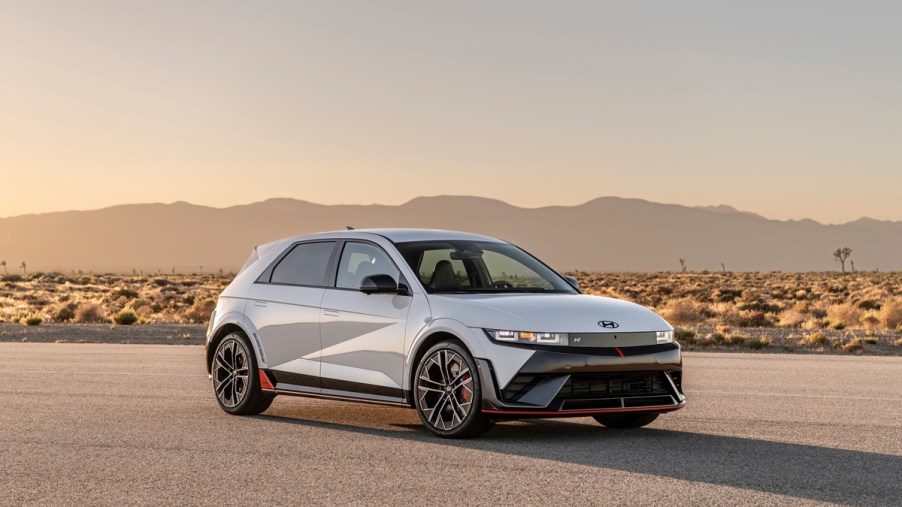
The Hyundai Ioniq 5 Isn’t the EV America Wants, but It’s the EV America Needs
I was recently invited on a long road trip in a Hyundai Ioniq 5. Even though this medium-sized hatchback EV isn’t as sexy as the record-shattering Rimac Nevera hypercar, or electric Hummer hypertruck, I decided to go along anyway. And I’m glad I did. I realized that this is an EV capable of replacing 90% of the drives we use ICE vehicles for–including road trips. And there’s a technological reason why.
I downloaded some audiobooks and was prepared to spend most of the roadtrip (from the East Coast to Detroit) hooked up to a charger. I was wrong. It made sense to stop every two to three hours. But we were never recharging up from a dead battery. These charging breaks were slightly longer than a regular fuel-up (think 18-20 minutes instead of 10 minutes). But all told, my experience was remarkably similar to a leisurely internal combustion road trip.
Intrigued, I pulled up the “A Better Route Planner” website and started plugging in longer roadtrips. I found that the Ioniq 5 could have continued all the way across the country, averaging one minute on a charger for every six minutes driving. And the ABRP website even calculates for chargers out of service or that currently have a long wait time.
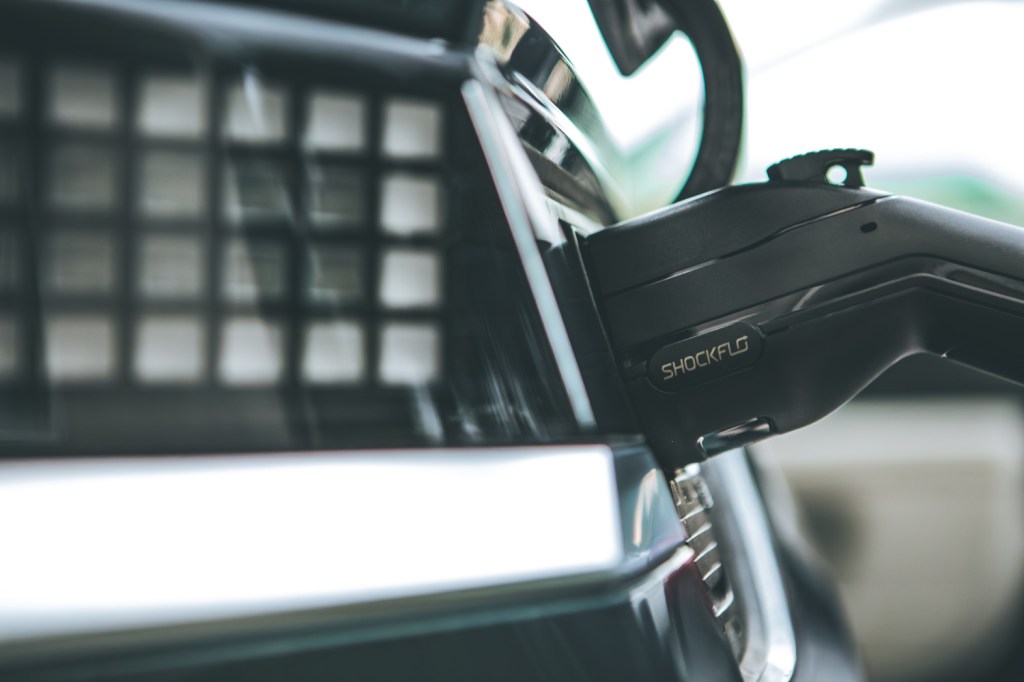
I know what some of you will say: in an ICE vehicle, you at least have the option of racing all the way across the country while doing 4.5 minute fuel ups at rest areas and pissing in a jug. And you’re right, you couldn’t do that in an EV. But unless the love of your life is setting sail from San Francisco in 48 hours, or you’re trying to win a Cannonball Run Record, I don’t know why you would want to.
In my opinion, two to three hours works pretty well for a stretch break and swapping drivers. And if you have more than two people in the car, you know someone’s going to need a bathroom or a snack every three hours. Twenty minutes at a charger can seem a tad long. But by the time everyone’s got a coffee and used the bathroom, you’re going to spend 15 minutes at a rest stop anyway.
Let me be clear, few EVs on the market are this convenient. Hyundai’s lineup is unique in that they are the cheapest EVs with 800-volt charging speeds. Some EV trucks with huge battery packs (such as the Hummer) offer this. But they can still take an hour to charge. Because…huge battery packs.
Despite 800-volt charging, electric trucks will just go through more juice than the Ioniq 5. The other key to its roadtrip-able-ness is its low kW/mile efficiency. And that’s just because it’s comparatively small and low. An F-150 Lightning would never be able to keep up. The only thing comparable is the six-figure Porsche Taycan.
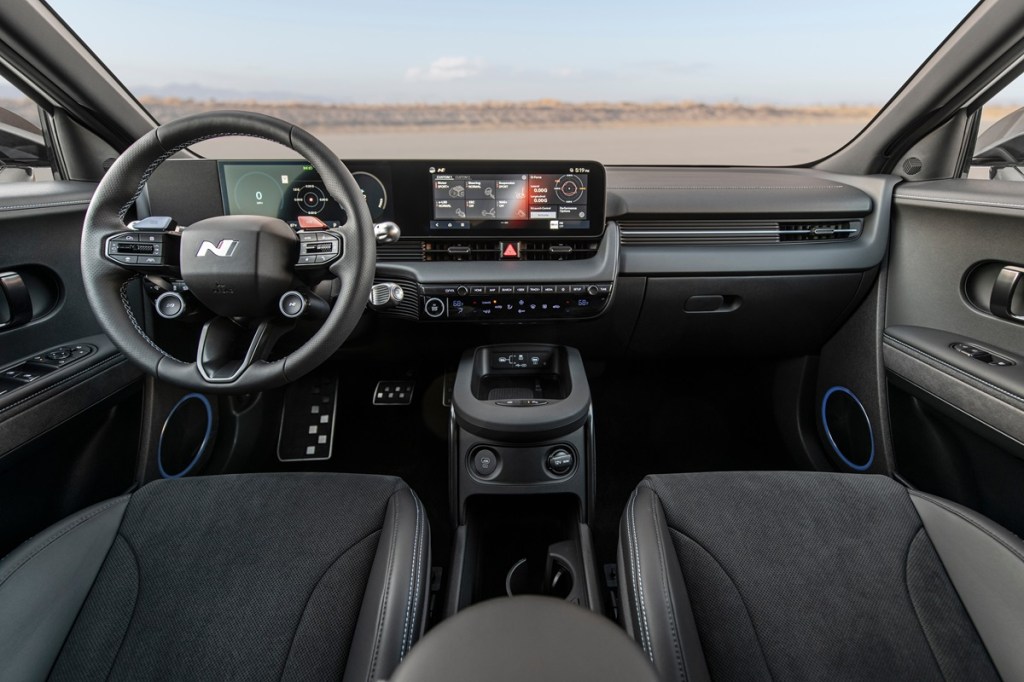
When I ran the ABRP cross-country simulation with a bunch of EVs, I found that Tesla Model 3 was slightly better than the Ioniq 5 (7:1 drive:charge ratio, vs 6:1). The Model 3 doesn’t yet have 800-volt charging, but the extensive Tesla Supercharger network gives it a leg up.
The Cybertruck introduces 800-volt, so I have my fingers crossed that the next generation of Teslas will upgrade. In the meantime, as the DC fast charger network improves, so will the Hyundai’s times.
Was the Hyundai perfect? Heck no. I found Hyundai’s in-car route planning software overly cautious, warning me to charge whenever the battery hit 50%. But you can just run the ABRP app on the infotainment screen instead. Also, the Ioniq 5 looks compact and nimble in pictures, but is a bit bigger than I expected in person. Like all EVs, it has oodles of fun straight-line acceleration.
So I’m here to say: the EVs America is drooling over may be the drag-strip-dominating Model S Plaid or the off-road-cool quad-motor Rivians. But the EV we actually need looks a lot like the Ioniq 5. And if we all had low kW/mile EVs with 800-volt charger, combined with a better charger network, we might realize how rarely many of us need our ICE vehicles. In the right vehicle, you can outrun your range anxiety.
Next, see how the most efficient EVs stack up in my cross-country roadtrip simulation, or see my colleague Allison Barfield’s hands-on review that won the Ioniq 5, MotorBiscuit’s best EV of 2022.
